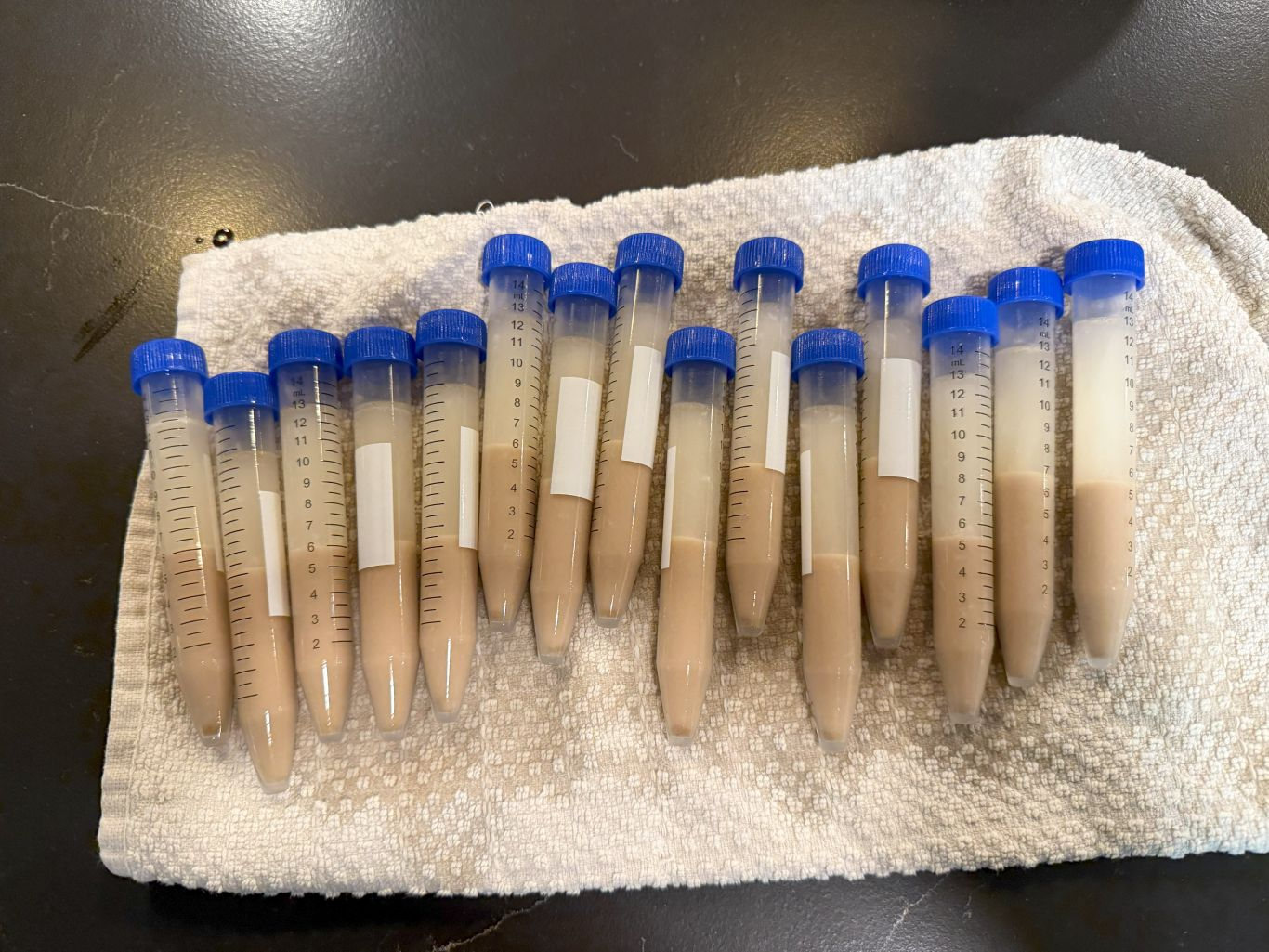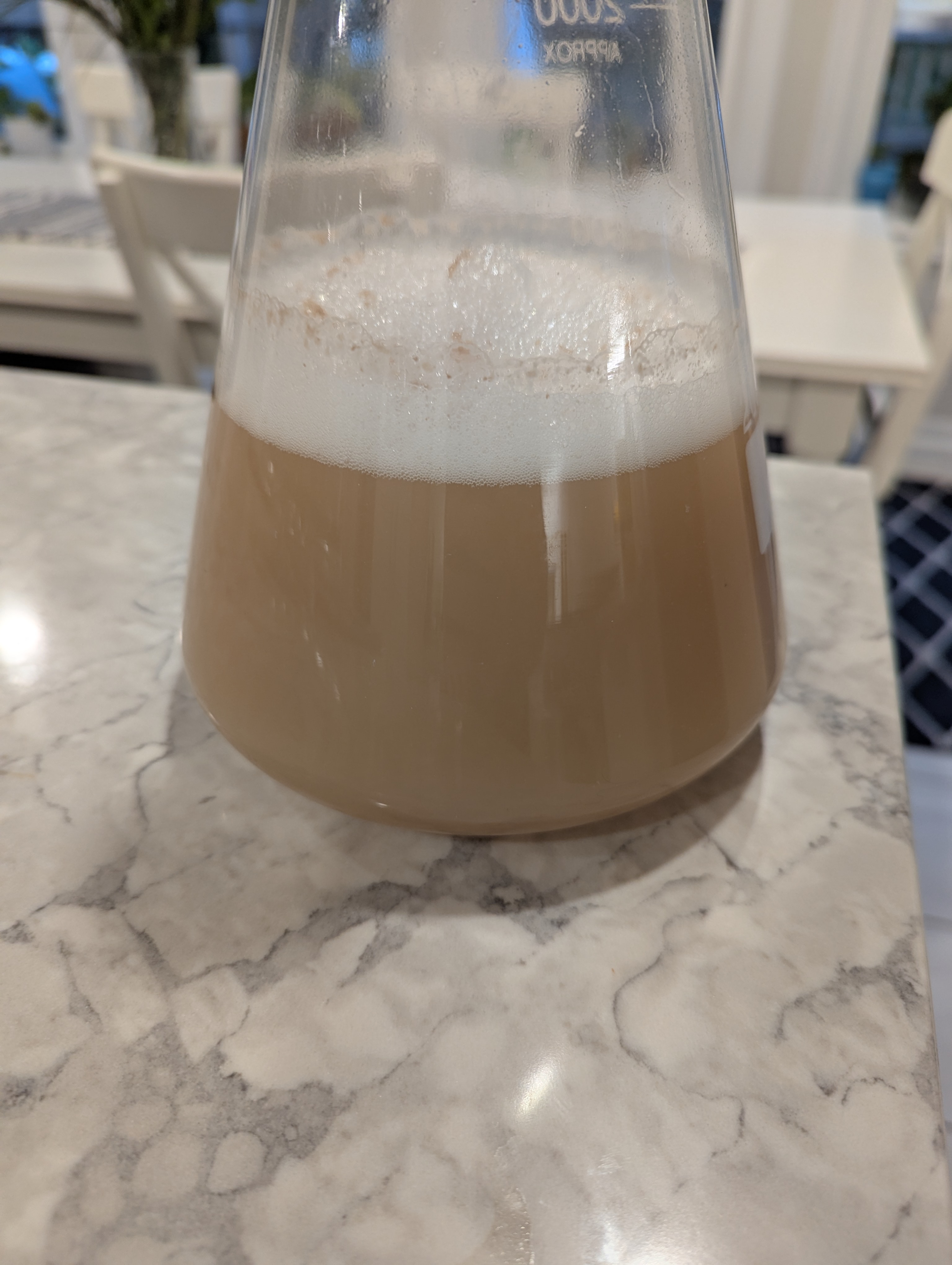- Joined
- Feb 16, 2012
- Messages
- 4,645
- Reaction score
- 7,068
- Location
- At home, in the brewery in Maryland.
All true, and totally correct.The only thing I will disagree with in his canning video is letting the canner sit overnight. I open the lid after the plug goes down which takes 30min to 1 hour. Why? You want a rapid cool for the jar lids to seal well. When I take the mason jars out the liquid is still boiling. When they sit out of the canner they cool quicker and the lids pop with a strong seal. His way might work but I have had better luck going with the way the Presto manual states.
One small nit to pick, however. Use extreme caution when removing the lid. Take the weights off the vent pipe (after waiting at least :30 minutes; preferably an hour) and ensure all steam has had a chance to vent out. You want to allow the pressure and temperature to dissipate slowly. Otherwise you risk shattering the glass jars. Only then should you rotate the lid to disengage the lugs so that the lid can be removed. Also, the jars will still be quite hot. All that liquid, both inside and outside the jars, will retain a lot of that 120C/250F heat for a long time. I always use a pair of Mason Jar tongs to lift and place them on a cooling rack. And you're right: once exposed to the ambient air, those lids will start popping and sealing shut just like pop corn popping on a campfire.
That was a very comprehensive video that covered all the high points, but might have come up just a little bit short on emphasizing the not-so-obvious dangers of working with pressurized fluids that have been super-heated.




















































![Craft A Brew - Safale BE-256 Yeast - Fermentis - Belgian Ale Dry Yeast - For Belgian & Strong Ales - Ingredients for Home Brewing - Beer Making Supplies - [3 Pack]](https://m.media-amazon.com/images/I/51bcKEwQmWL._SL500_.jpg)







